History
Timeline
Backgrounds (Until 1937)

The Babylonians invent the abacus

John Napier develops logarithms
William Oughtred invents the circular slide rule based on the Napier’s logarithms

Pascal builds the first mechanical machine to perform additions, called Pascaline

Samuel Morland produces a mechanical machine capable of adding and subtracting
Gottfried Leibniz builds a stepped drum calculator
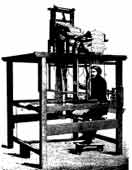
The French mechanic, Joseph Marie Jacquard, creates a weaving loom controlled by a punch card system

Thomas de Colmar’s Arithmometer is presented at the French Academy of Sciences. It was the first mass-produced calculator and
was sold for several years
Charles Babbage and Joseph Clement construct part of the Difference Engine
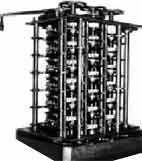
William Austin Burt patents the first typewriter in the United States
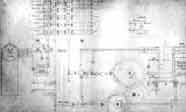
Babbage designs the Analytical Engine. This mechanical device was capable of performing any mathematical operation following the instructions on
punched cards
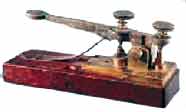
Samuel Morse and Alfred Vail demonstrated all the elements of a telegraph system
Augusta Ada King, Countess of Lovelace, proposes the first notions of programming for Babbage’s Analytical Engine
Morse sends the first telegraph message between Washington and Baltimore
George Boole publishes An Investigation the Laws of Thought, which was to lay the foundations of computer design
A coast-to-coast telegraph line is set up from the Atlantic to the Pacific
 Alexander Graham Bell invents and patents the telephone
Alexander Graham Bell invents and patents the telephone

Herman Hollerith builds an electromechanical punch card machine. It was selected to tabulate the 1890 United States census
Guglielmo Marconi transmits the first radio signal
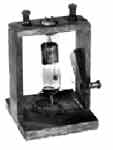
John Fleming patents the diode
Lee De Forest creates valves, adding a third electrode to Fleming’s diodes
Campbell Swinton specifies the use of cathode ray tubes for television
The physicists Eccles and Jordan invent the flip-flop electronic switching circuit
The Czech Karel Kâpec, introduces the term robot

Thomas J. Watson renames CTR (Calculating, Tabulating and Recording) as IBM (International Business Machines)
The first colour TV signals are successfully transmitted
Norbert Wiener lists the basic principles of cybernetics
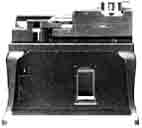
IBM introduces an electric typewriter
Alan Turing demonstrates that Alonzo Church’s lambda calculus is a universal programming language
Claude Shannon publishes the principles of an electric adder to the base of two
George Stibitz develops a binary circuit based on Boolean algebra
Alan Turing publishes his paper On Computable Numbers, which sets out the ideas of his famous machine
